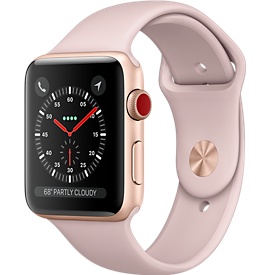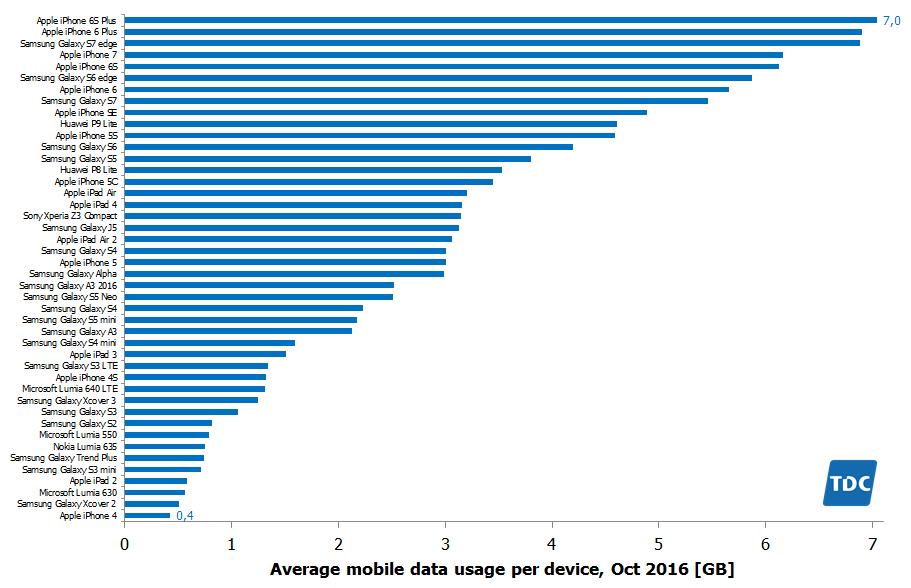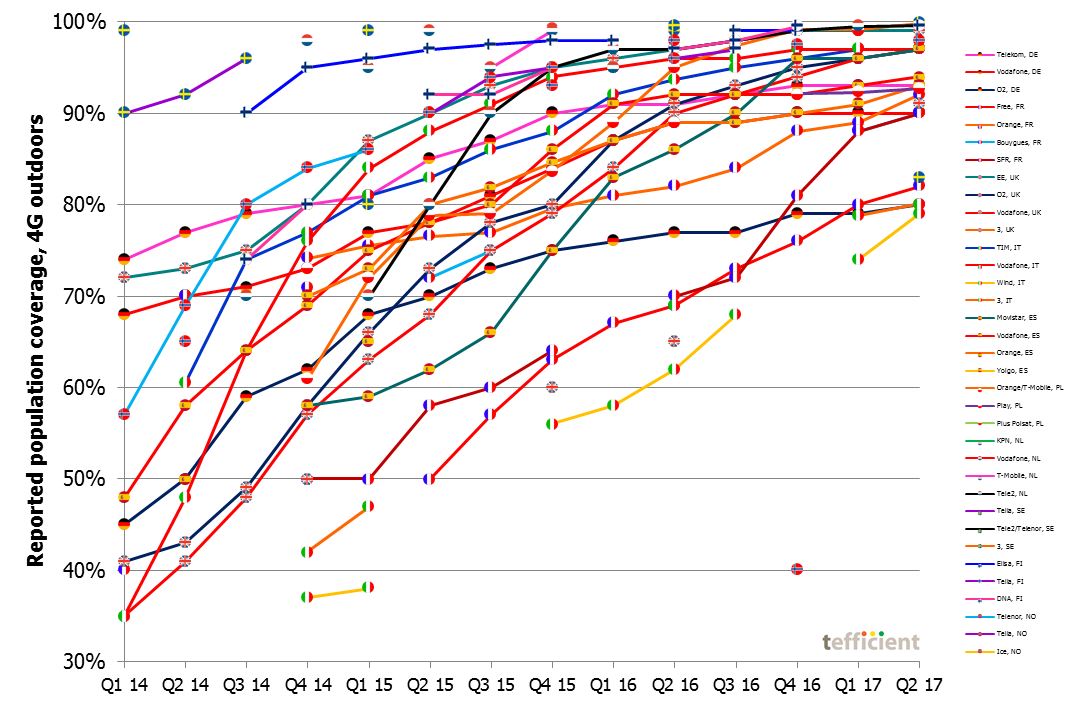 It’s here. I’ve been salivating after the latest Apple Watch 3, with all the bells and whistles. Slick, beautiful, cool and I’ll only need a watch to make/receive calls and text, stream music, etc. This should be easy, I’ll just pre-order the GPS & Cellular version. I’m a UK consumer and have a passion for all things mobile & telco, both home and abroad. Therefore, I decided to find out how Apple Watch 3 offers compare in the UK, USA and Australia. Continue reading Apple Watch 3 Cellular, how much data does it eat?
It’s here. I’ve been salivating after the latest Apple Watch 3, with all the bells and whistles. Slick, beautiful, cool and I’ll only need a watch to make/receive calls and text, stream music, etc. This should be easy, I’ll just pre-order the GPS & Cellular version. I’m a UK consumer and have a passion for all things mobile & telco, both home and abroad. Therefore, I decided to find out how Apple Watch 3 offers compare in the UK, USA and Australia. Continue reading Apple Watch 3 Cellular, how much data does it eat?
Category Archives: Blog
European 4G – mission accomplished?
Look at the graph below. It should satisfy mobile end-users, operators, regulators, politicians and equipment suppliers.
It shows that all operators have improved 4G coverage to the extent that they all (well almost) reach above 90% of the population by the end of June.
Mission accomplished then? Continue reading European 4G – mission accomplished?
Is high mobile data usage cannibalising fixed?
We have published numerous analyses on mobile data usage. The two latest are:
- Country comparison: “More for more” isn’t happening
- Operator comparison: The luxury of the commodity gigabyte
Our readers also know that we follow operator Wi-Fi closely, see e.g. this piece.
 At tefficient, we believe that the world is (or is about to become) mobile-first. But it doesn’t mean that the mobile networks will carry most of the traffic. In contrast, as shown in this post based on OpenSignal data, the regular smartphone user is most often more on Wi-Fi than on mobile networks. And when the smartphone is on Wi-Fi, the traffic volume is often higher since fixed broadband users seldom have to worry about data caps. Mobile operating systems are also set up to prefer (or in the case of upgrades, mandate) Wi-Fi. All Wi-Fi traffic ends up on the fixed access network, not on the mobile access network.
At tefficient, we believe that the world is (or is about to become) mobile-first. But it doesn’t mean that the mobile networks will carry most of the traffic. In contrast, as shown in this post based on OpenSignal data, the regular smartphone user is most often more on Wi-Fi than on mobile networks. And when the smartphone is on Wi-Fi, the traffic volume is often higher since fixed broadband users seldom have to worry about data caps. Mobile operating systems are also set up to prefer (or in the case of upgrades, mandate) Wi-Fi. All Wi-Fi traffic ends up on the fixed access network, not on the mobile access network.
We don’t take a side in the tiring conflict between the cellular camp and the Wi-Fi camp and will continue to argue that it’s not cellular or Wi-Fi, it’s cellular and Wi-Fi. It’s not licensed or unlicensed spectrum, it’s licensed and unlicensed.
For this post we have, for the first time, gathered reported fixed data usage stats from regulators and operators globally to try to answer two questions:
- Are countries with low mobile data usage having higher fixed broadband usage? I.e. is fixed broadband compensating?
- Are countries with high mobile data usage having lower fixed broadband usage? I.e. is mobile ‘cannibalising’ fixed?
Continue reading Is high mobile data usage cannibalising fixed?
Closing the loop on our predictions for 2016
When we in the end of December 2015 made nine predictions for 2016, our intention was that they should be measurable.
This is the moment of truth. With all reported operator data at hand, we can now close the loop on 2016.
 Prediction 1 – mobile data usage of 10 GB per month
Prediction 1 – mobile data usage of 10 GB per month
At least one mobile operator will reach an average mobile data consumption of 10 GB per any SIM and month in 2016
It happened. The Finnish operator DNA carried a total of 345 petabyte of mobile data in 2016. If this traffic is averaged out over DNA’s average number of SIMs, it becomes 10.7 GB per SIM and month in 2016. Continue reading Closing the loop on our predictions for 2016
2016 was a great year for mobile customer loyalty
The fourth quarter has traditionally been the most difficult for mobile operators in mature markets. Many customers join, but many others are leaving and operators typically dilute margins by having more equipment (and more expensive equipment) in the sales mix compared to the rest of the year.
Subscriber acquisition and retention costs are generally higher in the fourth quarter when the financial discipline of mobile operators is put aside to promote equipment at prices well below the operator purchase costs – as long as existing customers promise to stay or new customers are ready to commit to plans with high monthly fees.
 But even though there are temporary setbacks, our industry is gradually moving in a more rational direction: Equipment subsidisation is less frequent today and many operators have stopped binding customers to long, inflexible, contracts. Mobile operators have developed their service offerings and are today capable of explaining why customers should stay – without having to throw in a new iPhone as part of the package. Continue reading 2016 was a great year for mobile customer loyalty
But even though there are temporary setbacks, our industry is gradually moving in a more rational direction: Equipment subsidisation is less frequent today and many operators have stopped binding customers to long, inflexible, contracts. Mobile operators have developed their service offerings and are today capable of explaining why customers should stay – without having to throw in a new iPhone as part of the package. Continue reading 2016 was a great year for mobile customer loyalty
Eight (courageous) predictions for 2017
Our nine predictions for 2016 were designed to be measurable. The outcome doesn’t look bad at all – we project that 7 (or 7 and a half) will be fulfilled – but we need to wait for the fourth quarter reports to give you the final outcome. ETA February.
For 2017, we thought we’d make our predictions more courageous. We think 2017 will be the year when the telecoms industry finally becomes customer oriented and customer friendly having realised that greed and fine print make a bad foundation for business – but that customers who are given attention and choice reward you with their loyalty – and then are surprisingly willing to pay.
Prediction 1: Unlimited mobile data to everyone who pays
Every mobile operator will offer unlimited mobile data in 2017
Nonstop Retention benchmark and European quad-play best practice
Analysis and Go-to-market, 2016
![]() Nonstop Retention® benchmark: Calculating and comparing the Nonstop Retention Index for mobile brands (MNOs, sub-brands and main MVNOs) in one specific major European market. Identifying best practice and showing current trends. Recommending propositions and actions to improve customer loyalty per brand.
Nonstop Retention® benchmark: Calculating and comparing the Nonstop Retention Index for mobile brands (MNOs, sub-brands and main MVNOs) in one specific major European market. Identifying best practice and showing current trends. Recommending propositions and actions to improve customer loyalty per brand.
 European quad-play best practice: Fact-based before/after analysis of how the introduction of quad-play propositions changed key business Continue reading Nonstop Retention benchmark and European quad-play best practice
European quad-play best practice: Fact-based before/after analysis of how the introduction of quad-play propositions changed key business Continue reading Nonstop Retention benchmark and European quad-play best practice
The battle of 2017: Content ownership vs. unlimited mobile data
Nexterday North 2016 was an as fantastic experience as the first, inaugural, anti-seminar in 2015. Once again, Comptel managed to bring 550 thinkers and doers from around the world to Helsinki and create great buzz around it.
This year, tefficient wasn’t helping Comptel with a keynote presentation. Instead we prepared and hosted two square table sessions for registered operator representatives only. Continue reading The battle of 2017: Content ownership vs. unlimited mobile data
TDC’s 4G traffic increased 240% in a year – thanks to these phones
TDC, the market-leading operator in Denmark, has provided us with anonymous data showing the average mobile data usage for the most frequently used phones and tablets.
 Continue reading TDC’s 4G traffic increased 240% in a year – thanks to these phones
Continue reading TDC’s 4G traffic increased 240% in a year – thanks to these phones
In fiber, leadership is created with a shovel
Certain European incumbents are betting on that copper access will be sufficient for the future communication needs of households and smaller businesses.
But where most incumbents regard copper-based DSL technologies as a fallback for areas where fiber-to-the-home (FTTH) or fiber-to-the-building (FTTB) deployment isn’t financially feasible (or not yet rolled out), a few seem to be determined that copper is it. Continue reading In fiber, leadership is created with a shovel


